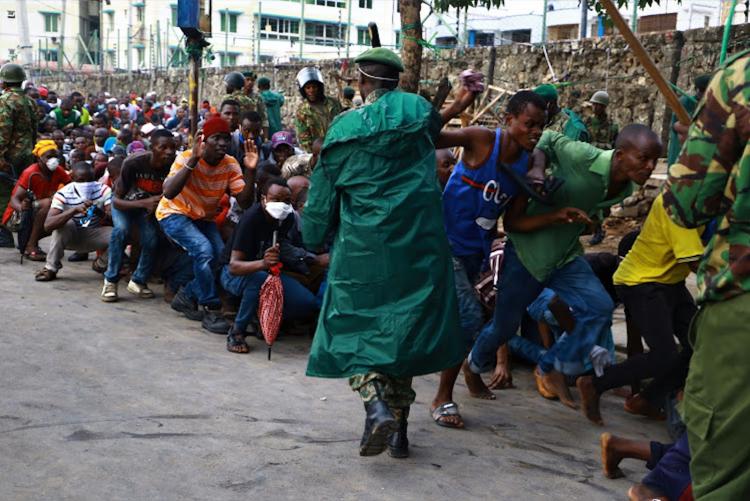Who is the subaltern? Can he/she speak? Gayatri Spivak, in her essay; ‘Can the subaltern speak?’ highlights how sati, a traditional Indian ritual of widow burning, is used by two groups of oppressive forces to justify their actions. The British colonialist abolished it as an ‘inhuman’ ritual and the widows viewed them as ‘saviour’ who had ended an injustice; despite using it as a tool to justify colonialism. The Indian nationalist, representing the traditional dominant chauvinistic males, used it to justify their desire of keeping a golden past, which they believed the widows’ liked. Caught between the two forces, the widow, because her position of sexualised otherness, is in a quieted and aporetic space of desolation.
Spivak, just as is Marx in his writing ‘The Eighteenth Brumaire,’shows the subaltern as a social construct that is structurally excluded from decision edifices which they can only enter into by identifying themselves using structures that have already been earmarked for them. The subaltern, as described by Antonio Gramsci in his writing ‘The prison notebooks (1929-1935)’ are those ‘of inferior rank’ or the working class who are subjected to the ‘hegemony’ of the ruling class. The subaltern writings evoke two aspects of representation: political representation as in ‘speaking for’and theatrical representation as of ‘placing there’ both of which are inadequate and incomplete. In cases where the subalterns speak, they cannot be heard despite the speech act comprising both speaking and hearing.
Read full blog article by Boniface Oyugi at https://uonresearch.org/blog/can-the-subalterns-speak-a-reflection-from-kenyas-struggle-of-tackling-covid-19/

